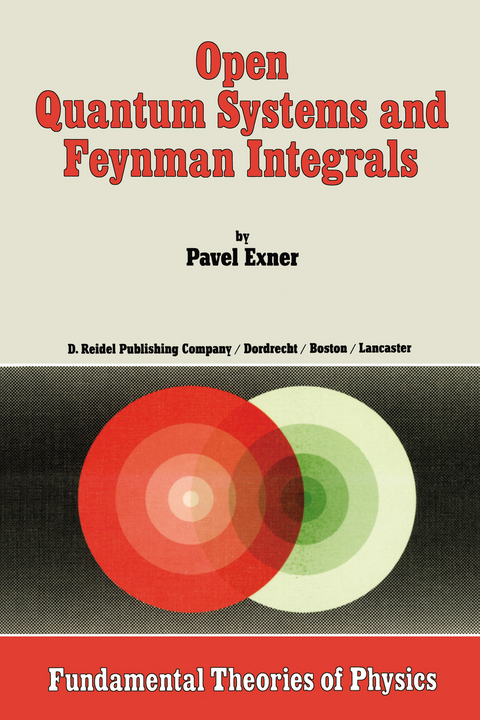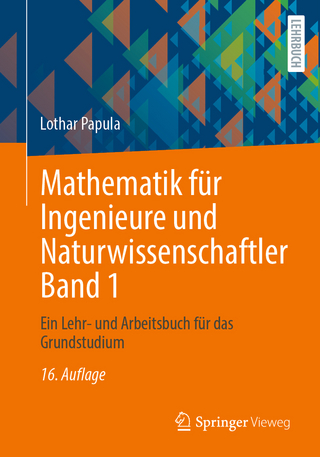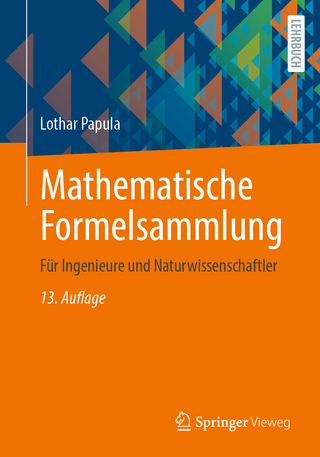
Open Quantum Systems and Feynman Integrals
Kluwer Academic Publishers (Verlag)
978-90-277-1678-1 (ISBN)
- Titel z.Zt. nicht lieferbar
- Versandkostenfrei innerhalb Deutschlands
- Auch auf Rechnung
- Verfügbarkeit in der Filiale vor Ort prüfen
- Artikel merken
1 / Quantum Kinematics of Unstable Systems.- 1.1. Is There Anything Left to Study on Unstable Systems?.- 1.2. Basic Notions.- 1.3. Small-Time Behaviour.- 1.4. The Inverse Decay Problem.- 1.5. Semiboundedness and Other Properties of the Energy Spectrum.- 1.6. Bounded-Energy Approximation.- Notes to Chapter 1.- 2 / Repeated Measurements on Unstable Systems.- 2.1. Decay Law in the Presence of Repeated Measurements.- 2.2. Periodically Structured Measuring Devices.- 2.3. A Model: Charged Kaons in a Bubble Chamber.- 2.4. Limit of Continual Observation and the ‘Zeno’s Paradox’.- Notes to Chapter 2.- 3 / Dynamics and Symmetries.- 3.1. Poles of the Reduced Resolvent.- 3.2. Friedrichs Model.- 3.3. Bounded Perturbations of Embedded Eigenvalues.- 3.4. Symmetries and Broken Symmetries.- 4 / Pseudo-Hamiltonians.- 4.1. Pseudo-Hamiltonians and Quasi-Hamiltonians.- 4.2. Maximal Dissipative Operators.- 4.3. Schrödinger Pseudo-Hamiltonians.- 4.4. The Optical Approximation.- 4.5. Non-unitary Scattering Theory.- Notes to Chapter 4.- 5 / Feynman Path Integrals.- 5.1. The Integrals that are not Integrals: a Brief Survey.- 5.2. Feynman Maps on the Algebra ?(?).- 5.3. Hilbert Spaces of Paths.- 5.4. Polygonal-Path Approximations.- 5.5. Product Formulae.- 5.6. More about Other F-Integral Theories.- Notes to Chapter 5.- 6 / Application to Schrödinger Pseudo-Hamiltonians.- 6.1. Feynman—Cameron—Itô Formu la.- 6.2. The Damped Harmonic Oscillator.- 6.3. The ‘Feynman Paths’.- Notes to Chapter 6.- Selected Problems.
| Erscheint lt. Verlag | 30.11.1984 |
|---|---|
| Reihe/Serie | Fundamental Theories of Physics ; 6 |
| Zusatzinfo | XIX, 356 p. |
| Verlagsort | Dordrecht |
| Sprache | englisch |
| Maße | 160 x 240 mm |
| Themenwelt | Mathematik / Informatik ► Mathematik ► Angewandte Mathematik |
| Naturwissenschaften ► Physik / Astronomie ► Allgemeines / Lexika | |
| ISBN-10 | 90-277-1678-1 / 9027716781 |
| ISBN-13 | 978-90-277-1678-1 / 9789027716781 |
| Zustand | Neuware |
| Informationen gemäß Produktsicherheitsverordnung (GPSR) | |
| Haben Sie eine Frage zum Produkt? |
aus dem Bereich


